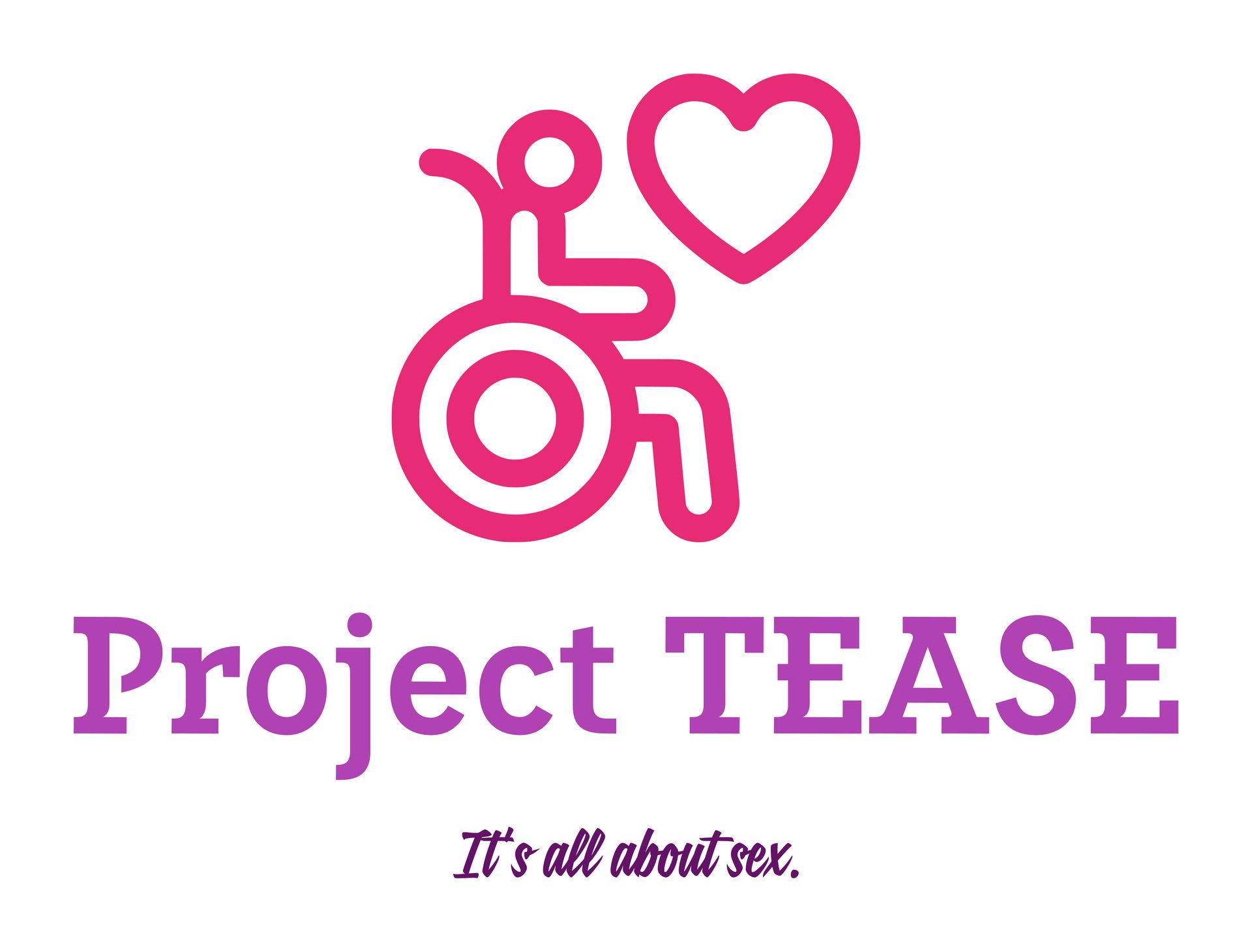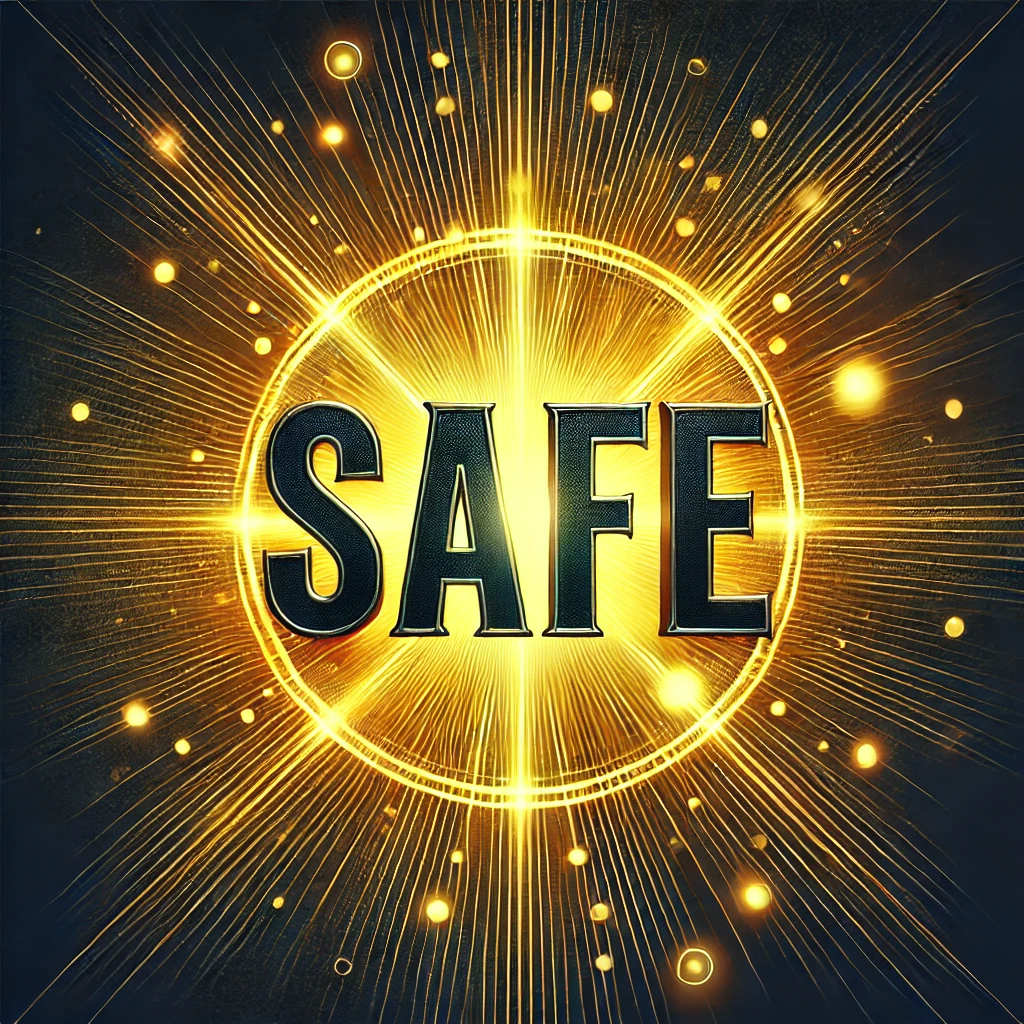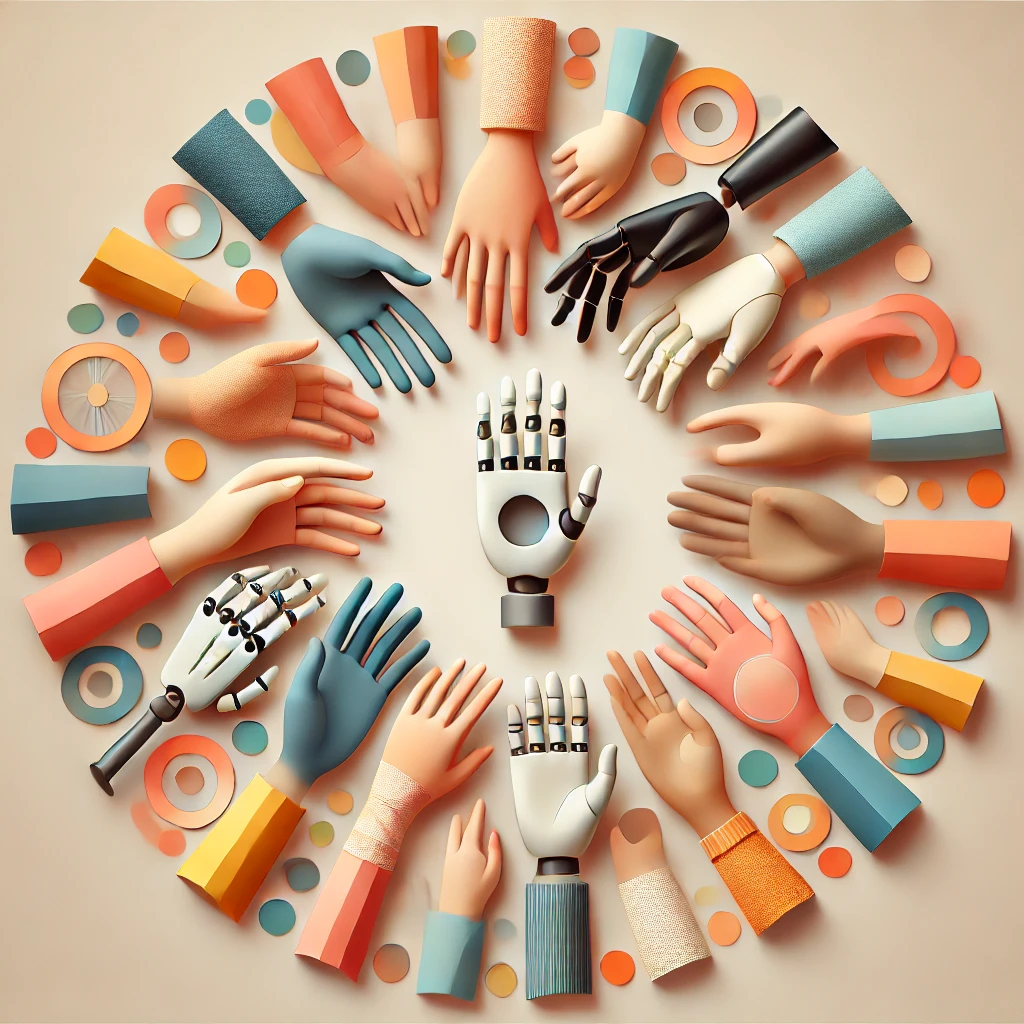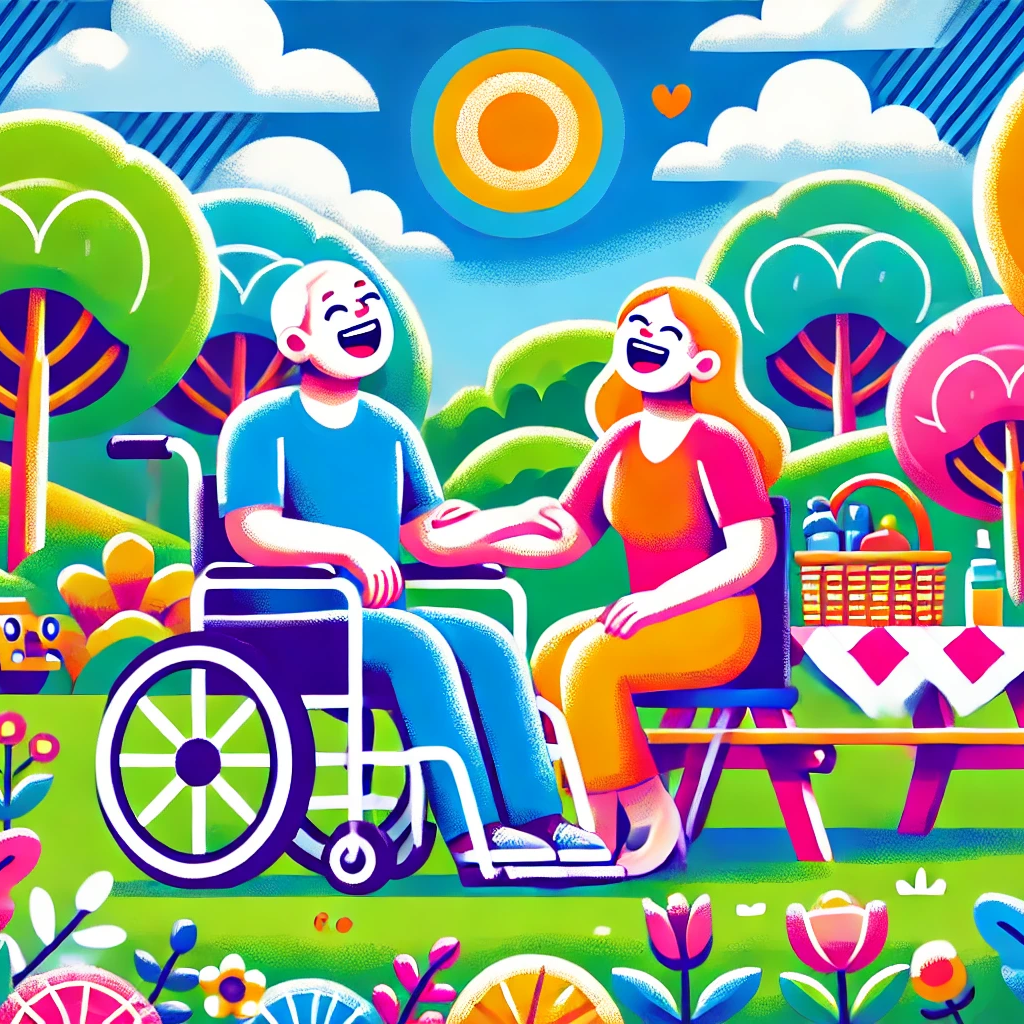Quill & Chill
L is for Little Death
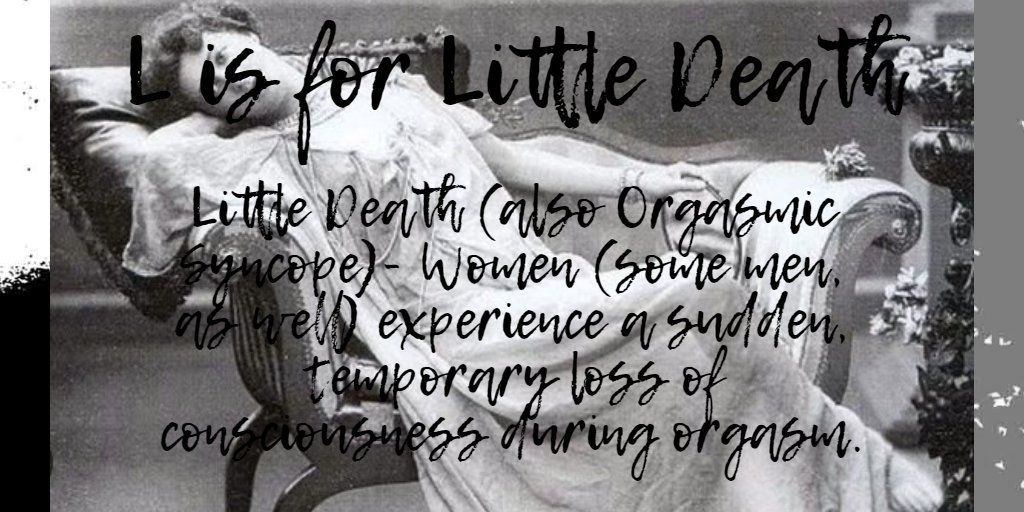
Exploring BDSM practices, such as the concept of "little death," also known as orgasmic syncope, delves into a world of intense experiences and emotions. The term "little death" originated from the French phrase "la petite mort," which is often used to describe the transcendent state of euphoria or release experienced during intimate moments. In BDSM, "little death" is a term used to depict a profound sense of surrender, vulnerability, and ultimate ecstasy. For some people, this intense physical response can actually cause them to briefly pass out. It's like their body just can't handle the sheer ecstasy of it all!
Now, orgasmic syncope is pretty rare, but it's not unheard of - especially in the BDSM community. Some folks even seek it out as part of their sexual practices. But of course, you gotta be super careful and make sure you've got a trusted partner who knows what they're doing. Safety first, folks!
The science behind it is pretty interesting. Basically, it involves a temporary loss of consciousness or fainting that occurs in some individuals during or immediately following an intense orgasm. This phenomenon is believed to result from a combination of factors such as hyperventilation, changes in blood pressure, heart rate, and the release of hormones like adrenaline and endorphins during sexual arousal and climax. Some people even describe it as an out-of-body experience.
Physiologically, experiencing "little death" in BDSM can trigger a range of responses in the body. The rush of endorphins and adrenaline can lead to heightened sensations, altered perception of time, and a temporary escape from reality. The release of stress and tension can result in a feeling of profound relaxation and emotional catharsis.
Go Ask Alice, from Columbia Health, offers the following important information about certain health conditions that may mimic orgasmic syncope:
Specific health conditions which may be related to unintentional fainting are:
- Vasovagal syncope: When a person’s vagus nerve (the nerve running from the brain to the chest and abdomen) becomes overstimulated, their heart rate and blood pressure may suddenly drop, which can lead them to briefly lose consciousness. Common triggers include: getting up from a sitting or lying position too quickly, and drinking alcohol or caffeine. Typically, this condition is harmless and requires simple monitoring but no formal treatment.
- Postural orthostatic tachycardia syndrome (POTS): POTS is a condition that happens when too little blood returns to the heart, sometimes causing fainting. During sex, this can happen if a person switches up positions too quickly. Other factors that may trigger POTS include low blood volume, heightened activation of the sympathetic (“fight or flight”) nervous system, and rapid increase in heart rate — especially when transitioning from laying down to standing up. There are a number of associated symptoms, such as blurred vision, fainting, heart palpitations, headache, poor concentration, tiredness, and other symptoms that resemble fatigue. While there isn’t a cure, POTS can be effectively managed with lifestyle changes and medications.
- Abnormal heart rhythm: During daily activities, people with this serious health condition may feel fine. However, when they exert themselves during physical or sexual activity, their heart may not be able to maintain adequate blood pressure. When the exertion ends, their heart rate decreases, but the blood vessels from the muscles remain dilated, causing them to feel faint or pass out.
The good news is that all of these conditions can be monitored and treated. Because of the variety of factors at play with these conditions, exploring different treatment options may be in order to find what works best. These could range from lifestyle changes such as increasing salt intake, drinking more fluids, avoiding alcohol, and getting sufficient exercise to taking medications and closer monitoring.
If a partner experiences "little death" in a BDSM scenario, it is crucial to prioritize their well-being and safety. Some tips for reviving your partner include:
- Communication: Establish a safe word or signal beforehand to ensure clear communication and consent throughout the experience.
- Check-in: Monitor your partner's physical and emotional state during and after the intense moment to ensure they are comfortable and grounded.
- Aftercare: Provide nurturing and comforting aftercare to help your partner transition back to reality and process their emotions.
Understanding the nuances of "little death" in BDSM requires sensitivity, trust, and open communication between partners. It is a profound exploration of vulnerability and intimacy that can deepen connections and foster intense experiences of surrender and release.
One more important note...I've discussed this here in the context of 'partnered' BDSM activities, but there are also 'solo' interests I'd like to mention: Some BDSMers may intentionally faint during orgasm, through a practice called auto-erotic asphyxiation (AEA). Through AEA, a solo BDSM practitioner may choose to temporarily suffocate themselves, to heighten their sexual pleasure. It’s crucial to note AEA can be dangerous, as it has sometimes resulted in brain damage or even death.


